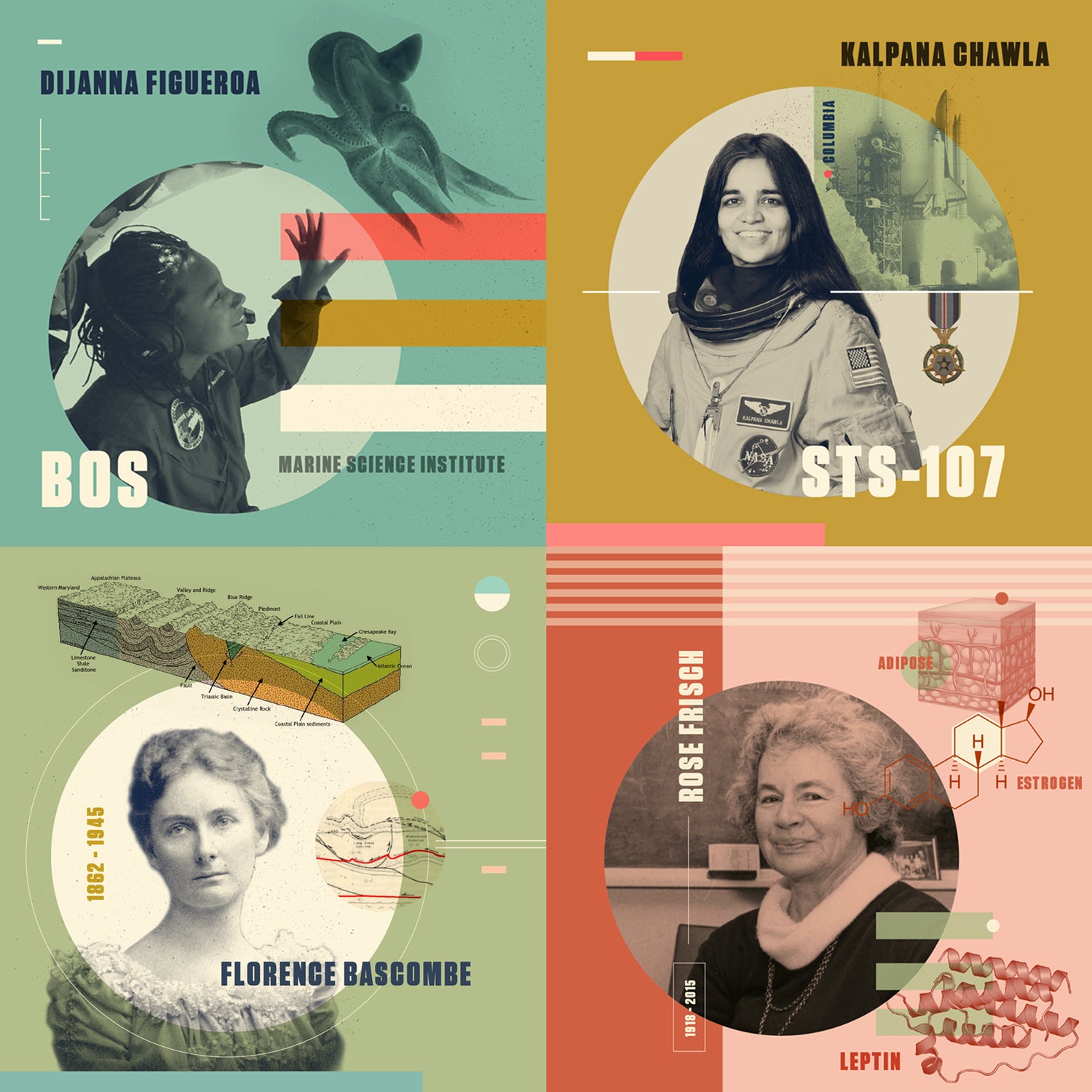It’s time we are able to rattle off the names of more female scientists than simply Marie Curie. From Rosalind Franklin’s discovery of the molecular structure of DNA to Katherine Johnson’s mathematical prowess that helped launch the first American into space, we are only beginning to learn about and acknowledge the many major contributions of female scientists.
So here are five more you should know. To highlight these women, we teamed up with designer , who earlier this year created , a series of posters celebrating unsung women of science. We added to her list five women who discovered some of our most widely accepted scientific theories, explored new frontiers, and conducted game-changing research. Two are still alive and doing so today. Many were among the first women to enter their fields, and all have paved the way for a new generation of women scientists to leave their marks on the world.
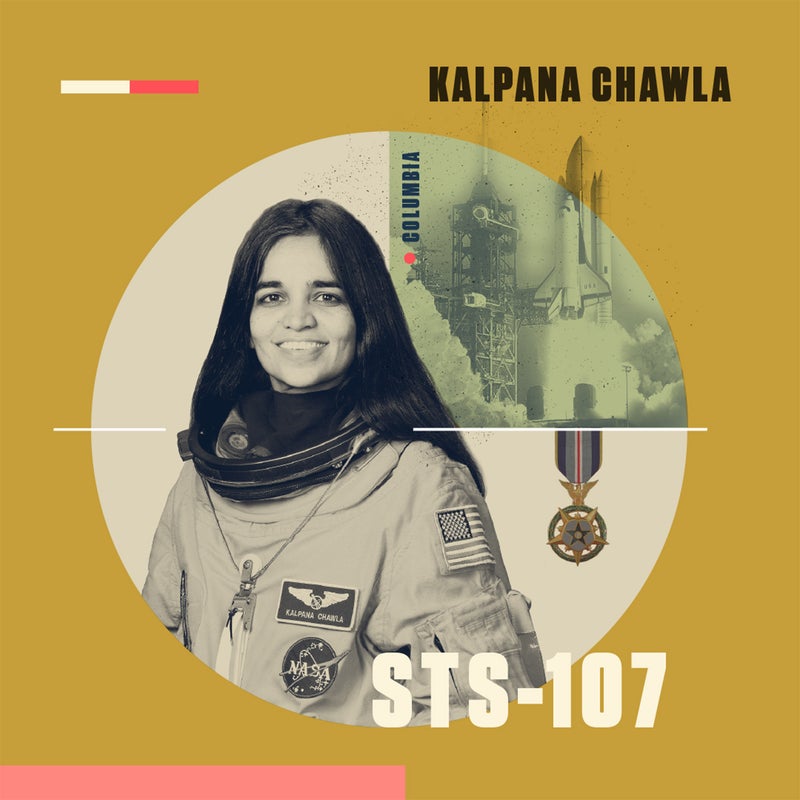
Kalpana Chawla
Astronaut (1961–2003)
Even as a child, knew she wanted to fly. She dreamed of becoming an aerospace engineer, often asking her father to take her for rides in the planes that belonged to flying clubs in her native India. Classmates remember Chawla pointing to the sky and telling them, “I’m going to fly.” After earning a PhD in aerospace engineering from the University of Colorado in 1988, she finally got her wish in 1997. As a crew member on the STS-87 Columbia, Chawla became the first Indian-born woman and the second person of Indian descent to travel into space. On January 16, 2003, Chawla and six other astronauts entered space aboard the STS-107 Columbia for a 16-day science and research mission. On February 1, the spaceship broke apart as it reentered Earth’s atmosphere, killing everyone aboard 16 minutes prior to landing. At the time of her death, Chawla had logged 30 days, 14 hours, and 54 minutes in space.
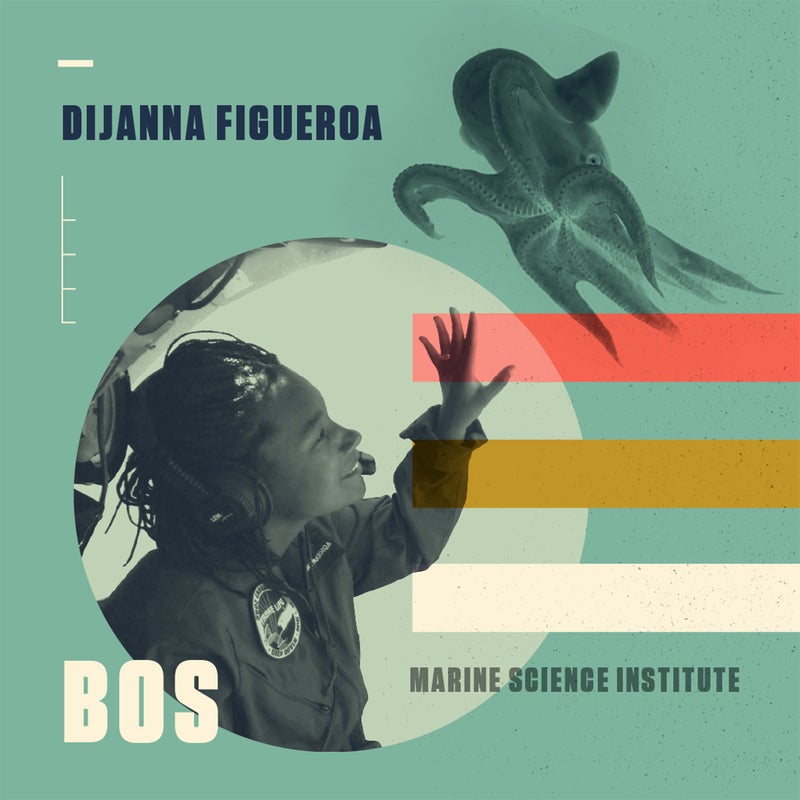
Dijanna Figueroa
Oceanographer
Dijanna Figueroa has made a career of exploring the mysteries of the deep. In 2005, she was featured in James Cameron’s documentary , which follows Cameron and NASA scientists as they explore the some of the deepest parts of the ocean and learn about the unique life forms that inhabit those spaces. Recently, Figueroa has become an advocate for STEAM education—adding art and design to the science, technology, engineering, and math equation. She’s spent more than a decade teaching STEAM to grades K–8 in the greater Los Angeles area, formerly served as global director of the National Geographic Society’s Green STEAM program, and has advisory roles with many STEAM nonprofits. If that isn’t enough, Figueroa is a committee director for , an organization of scientists conducting high-level research that addresses the needs of the global community.
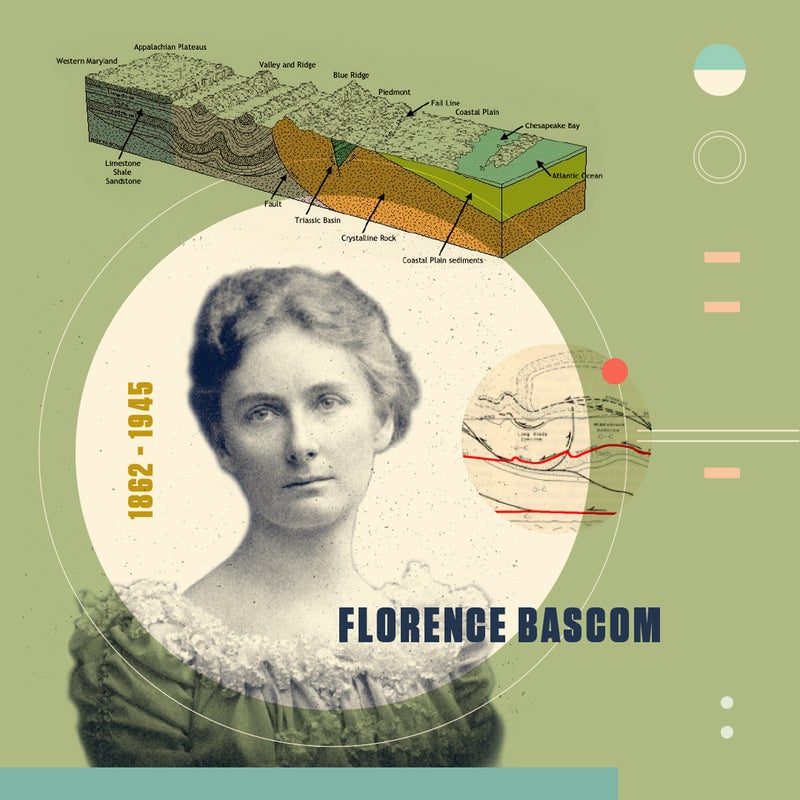
Florence Bascom
Geologist (1862–1945)
Florence Bascom was the first woman geologist hired by the , the first woman geologist to survey Mount Desert Island in Maine (in 1919), and the second woman elected to the . But Bascom broke barriers well before she started her fieldwork. She earned several degrees at the University of Wisconsin before petitioning for admission to Johns Hopkins University, which had only accepted one woman before her. Although Bascom, like other female students of the time, had to sit behind a screen in the corner of the classroom to avoid distracting male students, she became the first woman to receive a doctorate from Johns Hopkins, in 1893. She is for studying the rocks of the Piedmont region of Maryland and Pennsylvania and creating a comprehensive guide to the geology of the Mid-Atlantic region.
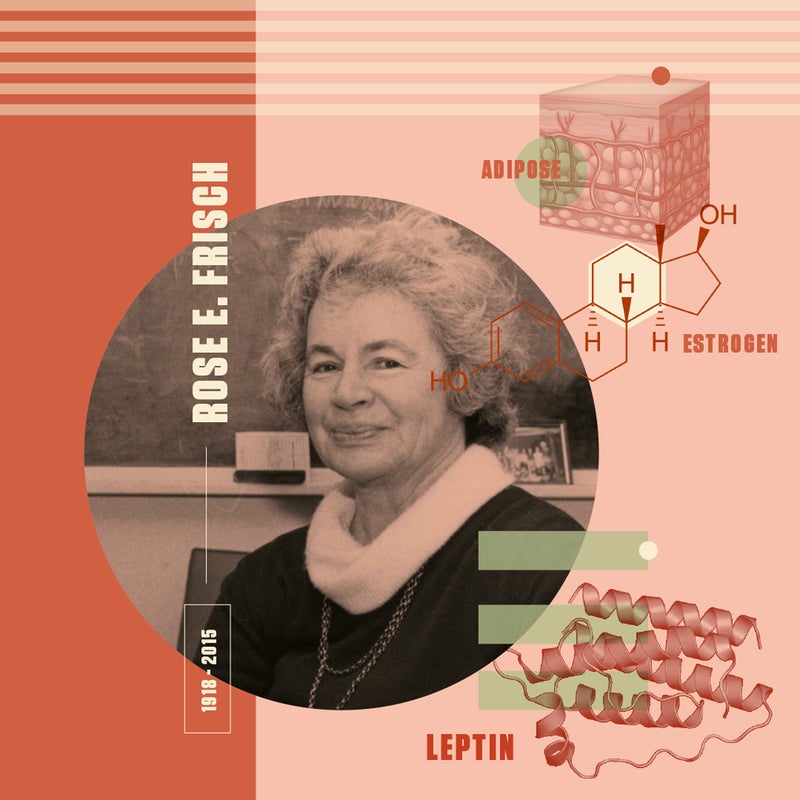
Rose E. Frisch
Biologist (1918–2015)
Studies on women’s health still lag behind what exists for men, but Frisch was conducting groundbreaking work on the topic when it was still a taboo. In the 1970s, Frisch was one of the first to study women and how their weight affects fertility, co-authoring a paper in 1974 showing that women’s menstrual cycles can cease if they lose as little as 15 pounds. This also to the discovery of leptin, a protein that’s foundational to understanding processes like metabolism, puberty, and pregnancy—not to mention everyday functions like burning energy, eating, and exercising. Frisch continued her research at the , and today her theories on fatness and fertility are widely known and accepted. Her son Henry Frisch, a professor of physics at the University of Chicago, says his mother never dwelled on the sexism in the field, though she earned much less than her male colleagues. “She was determined to understand these key biological issues in women’s health,” he says. “Nothing was going to stop her.” Today, women who hope to become mothers as well as athletes often to turn to Frisch’s work to help them better understand their bodies.
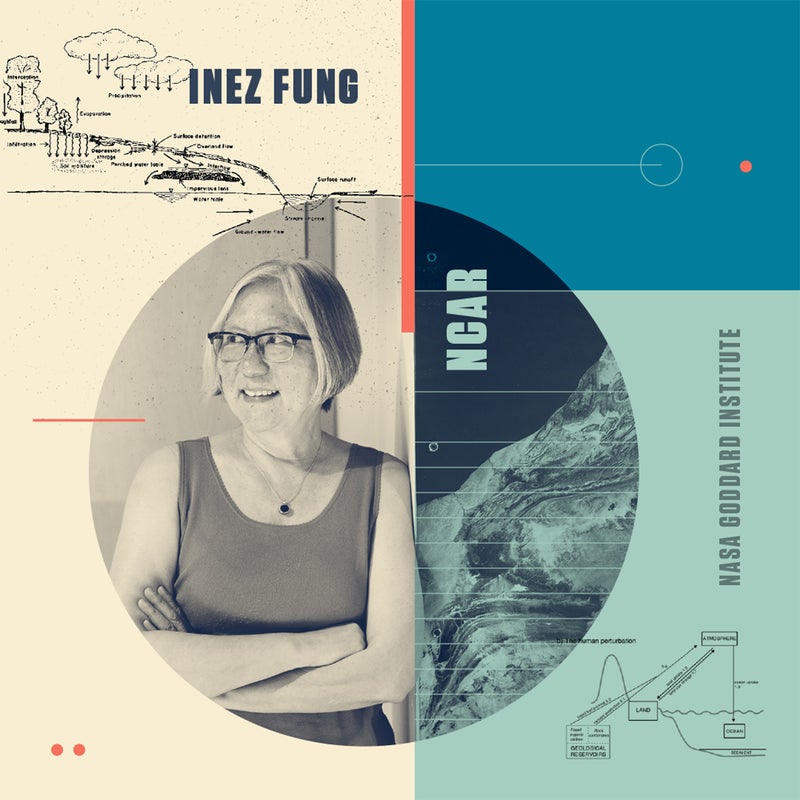
Inez Fung
Professor of Atmospheric Science
Inez Fung’s main focus at the University of California, Berkeley, is climate change. She studies the changing patterns of precipitation by studying East and South Asian monsoons and how trees access water in California’s dry summers and cool the atmosphere. By studying precipitation changes, Fung can begin to understand what influences the location, timing, and intensity of precipitation—and improve our projections of how that could change in the future. “It’s very important for us living on Earth enjoying the biosphere, enjoying the outdoors, to know how things are changing and to understand why things are changing,” says Fung. She is also the founding director of the . “I think nature is always smarter than me,” says Fung. “When I think I’ve got it, there’s another puzzle that nature presents to me.”


